
Introduction to Effective Email Marketing Strategies
Welcome, future business leaders and marketing aficionados. Today, we will delve deep into the art and science of email marketing—a channel that remains incredibly potent despite the surge of social media platforms. Having consulted for numerous coaching brands and startups across Canada and beyond, I have witnessed firsthand how optimizing email campaigns can transform a fledgling business into a six-figure monthly revenue powerhouse. Harnessing email marketing wisely is not only about sending messages; it's about crafting personalized, timely, and engaging content that your audience eagerly anticipates.
Why Focus on Open Rates, Click-Through Rates, and Unsubscribe Rates?
Before we explore strategies, it’s imperative to understand three critical metrics that define email marketing success:
- Email Open Rates: The percentage of recipients who open your email. It measures the effectiveness of your subject lines and sender reputation.
- Click-Through Rates (CTR): The percentage of email recipients who click on at least one link inside the email. It indicates how compelling your content and calls-to-action are.
- Unsubscribe Rates: The proportion of recipients opting out from your mailing list. A low unsubscribe rate suggests your content is relevant, respectful, and valuable.
Optimizing these metrics requires a strategic approach rooted in experience and data-driven insights. Let me share deeply from my consulting journey, including effective campaigns that elevated a Canadian coaching brand’s monthly revenue to over CAD 100,000 within six months.
Section 1: Crafting Irresistible Subject Lines to Boost Open Rates
Subject lines are your email's first impression—make it count! In my coaching brand project based in Toronto, we A/B tested over 50 subject lines to identify patterns that deliver the best open rates.
- Personalization: Including the recipient’s first name can increase open rates by 20%. For example, "Jessica, your free coaching session awaits!"
- Curiosity and Urgency: Subject lines that create intrigue or urgency prompt immediate opens, such as "Last chance to unlock your online potential today!"
- Keep Them Short: Mobile devices display roughly 40–50 characters. Our winning subject lines averaged 45 characters to ensure visibility.
- Numbers and Lists: Starting with digits increases engagement – e.g., "5 proven tactics to boost your confidence".
Experimentation through A/B testing was our cornerstone. Testing subject lines weekly revealed that those asking questions or teasing content outperformed blunt promotional lines by up to 35% in open rates.
Section 2: Optimizing Preheader Text and Sender Reputation
The preheader text complements the subject line. It should be an enticing preview, not a mere repetition.
For instance, after the subject line "Unlock Your Full Potential Today," a preheader stating "Join hundreds of Canadians achieving success with our coaching" improved opens by an average of 12%.
Sender Reputation plays a foundational role. We invested in professional email infrastructure with dedicated IP addresses, ensuring high deliverability and avoiding spam filters. Tools like Mailchimp and SendGrid, combined with domain authentication (SPF, DKIM, DMARC), solidified sender credibility.
Section 3: Segmenting Your Email List to Increase Relevance
Segmenting your audience is indispensable. Sending generic emails to all recipients drastically lowers engagement and increases unsubscribes.
We implemented segmentation based on user behavior, demographics, and past purchases/events attended. For example:
- New Subscribers: Received a welcome series introducing the coaching brand’s mission and free resources.
- Active Users: Given value-packed emails and promotional offers.
- Inactive Users: Sent re-engagement campaigns asking, "Still interested in growing your skills?"
Segmented emails in our Canadian coaching client’s campaigns consistently showed 26% higher click-through rates compared to non-segmented mailouts.
Section 4: Designing Engaging Content That Converts
Content is king, particularly in click-through optimization. Here’s how we approached content creation:
- Clear and Compelling CTAs: Every email contained one primary call-to-action to minimize reader confusion. For example, "Book Your Free Consultation Now" linked directly to a calendar scheduling page.
- Visual Hierarchy and Mobile Optimization: Over 60% of emails are opened on mobile devices. Responsive design with strategically placed buttons enhanced user experience and boosted clicks.
- Storytelling and Social Proof: Including short testimonials from satisfied clients fostered trust. For example, "I doubled my client base in three months with [Brand Name]!"
These tactics collectively elevated click-through rates by more than 40% compared to the client’s prior generic emails.
Section 5: Utilizing Automation and Drip Campaigns for Timely Engagement
Automation streamlines personalized marketing at scale. We designed a drip campaign for the Canadian coaching brand that nurtured prospects through a proven sales funnel:
- Initial Welcome Email: Pitched free value and gathered additional data.
- Educational Sequence: Sent value-driven tips and insights, positioning the coach as an authority.
- Limited Time Offer Email: Created urgency with exclusive discounts priced affordably, e.g., starter coaching packages at CAD 199, leveraging scarcity and time-limited offers.
- Follow-Up Email: Addressed objections and included FAQs to maximize conversion.
This automation sequence boosted monthly revenue gradually, culminating in consistent six-figure earnings in less than half a year.
Section 6: Minimizing Unsubscribe Rates with Respectful Marketing and Feedback Loops
High unsubscribe rates often stem from irrelevant or intrusive messaging. We deployed these best practices:
- Set Expectations Upfront: During sign-up, clear communication about email frequency and content types prevented surprises.
- Easy Unsubscribe Process: A simple, clearly visible link ensured transparency and maintained brand trust.
- Solicited Feedback: When users unsubscribed, a brief survey asking "What did you dislike?" helped tailor future campaigns.
Additionally, a preference center allowed subscribers to adjust how often and what type of emails they received, reducing unsubscribes by 15% in quarterly cycles.
Section 7: Real-Life Example—Turning Data into Action
Using analytics tools like Google Analytics and email platform metrics, we built a dashboard measuring open rates, CTR, bounce rates, and unsubscribes.
An example table below shows how monthly metrics evolved over a 6-month period post-implementation for the coaching client based in Vancouver, Canada:
| Month | Open Rate (%) | Click-Through Rate (%) | Unsubscribe Rate (%) | Monthly Revenue (CAD) |
|---|---|---|---|---|
| Jan | 18 | 3 | 0.9 | 12,000 |
| Feb | 22 | 4.5 | 0.8 | 28,000 |
| Mar | 27 | 6.2 | 0.7 | 55,000 |
| Apr | 32 | 7.8 | 0.6 | 73,500 |
| May | 36 | 9.1 | 0.5 | 92,300 |
| Jun | 39 | 11.3 | 0.4 | 102,000 |
Section 8: Additional Tips for Long-Term Email Marketing Success
- Consistently Clean Your List: Remove inactive subscribers to maintain healthy open rates and avoid spam penalties.
- Leverage Subject Line Emojis with Caution: In select industries, tasteful emoji use increases curiosity, but overuse may appear unprofessional.
- Stay Compliant: Protect your business by adhering to Canada’s Anti-Spam Legislation (CASL), which regulates unsolicited electronic messages.
- Incorporate Interactive Elements: Polls, quizzes, and countdown timers enhance engagement, increasing clicks and reducing unsubscribes.
Final Thoughts on Personal Experience and Impact
Reflecting on my consultancy work, the transformation wasn’t merely about numbers—it was about human connection. Understanding your audience, respecting their time, and delivering consistent value build not just revenue but loyal brand advocates. For Canadian entrepreneurs poised to dive into online marketing, investing in mastering email personalization and intelligent segmentation is a game changer.
In essence, every email campaign is an opportunity to deepen relationships, inspire action, and grow sustainably. I encourage you to apply these strategies with patience and precision—you'll be amazed by the ROI in CAD and beyond.
Section 9: Leveraging Behavioral Data to Refine Email Campaigns
One of the most impactful strategies I've introduced to clients involves leveraging behavioral data—information generated through user interactions with your website, emails, and products. Instead of one-size-fits-all emails, behavioral marketing enables hyper-personalized communication that resonates more deeply with each subscriber.
For instance, through tracking link clicks and page visits, we identified that certain segments of our coaching brand’s subscribers in Calgary were more interested in stress management, while others preferred business coaching. Sending targeted emails addressing their specific interests led to a 50% increase in click-through rates compared to generic campaigns.
This approach requires integrating your email marketing platform with website analytics and CRM systems. Popular tools compatible with Canadian data privacy standards, such as HubSpot and ActiveCampaign, automate segmentation and dynamically modify content based on behavior.
Section 10: Time Optimization — Sending Emails When Your Audience Is Most Responsive
Timing can make or break your email campaigns. By analyzing engagement patterns, we discovered that emails sent on Tuesdays and Thursdays between 10:00 AM and 12:00 PM local time garnered significantly higher open and CTR metrics in Canadian provinces.
Automated scheduling tools can help send your campaigns when subscribers are most active, boosting the probability of immediate engagement. However, time zone considerations are critical, especially if your list spans multiple regions across Canada’s vast geography.
Section 11: Creating Value-Driven Content Through Educational and Inspirational Messaging
In my years consulting for coaching brands, I noticed that audiences crave knowledge and motivation more than sales pitches. Incorporating a mix of educational tips, success stories, and inspirational anecdotes within emails transformed passive recipients into engaged community members.
For example, one weekly email titled "Success Story Saturday" highlighted a Canadian client’s breakthrough, offering tangible proof of the coaching program’s effectiveness. This humanizes the brand and nurtures trust, directly contributing to higher click-through rates and lower unsubscribe rates.
Section 12: The Psychology Behind Scarcity and Social Proof in Emails
Psychological triggers like scarcity and social proof are powerful tools to drive conversions. In campaigns for a Toronto-based coaching client, we employed limited-time offer language such as "Only 10 slots left for personalized coaching at CAD 299!" alongside testimonials displaying tangible outcomes.
This combination harnesses FOMO (fear of missing out), encouraging immediate action. Structure your emails to pair compelling offers with genuine reviews to amplify credibility without appearing overly aggressive.
Section 13: A/B Testing Framework for Continuous Improvement
A culture of continuous testing and optimization is vital. In routine A/B tests, we evaluated variables such as:
- Subject lines (personalized vs. formal)
- CTA button colors, size, and placement
- Email copy length (concise vs. detailed)
- Send times and days
Using this methodical approach, monthly performance became predictable, iterative, and scalable. I recommend setting minimum sample sizes and confidence intervals—for example, a 95% confidence level with a sample size above 1,000—to ensure statistical significance, thus avoiding costly misinterpretations.
Section 14: Integrating Interactive Elements to Enhance Engagement
Interactive content in emails such as embedded polls, surveys, or countdown timers enriches the user experience. For Canadian audiences in particular, incorporating a countdown timer counting down to the end of a special offer or enrollment period spiked click rates by nearly 22% in one client campaign.
Interactive quizzes assessing readiness for coaching programs also engage recipients, eventually segmented into follow-ups tailored by quiz results—boosting both relevance and conversion rates.
Section 15: Compliance and Ethical Considerations in Canadian Email Marketing
As aspiring digital marketers, understanding the legal landscape is crucial. Canada's Anti-Spam Legislation (CASL) governs commercial electronic messages, requiring:
- Explicit consent from recipients
- Clear identification of sender’s contact information
- A straightforward unsubscribing mechanism within every email
Non-compliance risks hefty fines and brand damage. I once guided a Vancouver-based coaching startup through a full audit to align their marketing practices with CASL protocols, preventing potential penalties upwards of CAD 10,000.
Section 16: Practical Tools and Budget Considerations for Small Business Owners
Embarking on email marketing doesn’t demand enormous budgets. The coaching brand I assisted allocated approximately CAD 1,200 per month for their email marketing stack, including tools like:
- Email Service Provider (ESP): Mailchimp (starting at CAD 20/month for scaled plans)
- Analytics: Google Analytics (free) integrated with ESP
- Content Design: Canva Pro at CAD 16/month for professional visuals
- Automation: ActiveCampaign plans starting at CAD 70/month
Allocating budget based on expected ROI and prioritizing automation ensures you scale efficiently. Many platforms offer trial periods tailored for Canadian businesses.
Section 17: Building Long-Term Relationships Through Consistent, Value-Driven Email Marketing
From my personal experience, the secret sauce to decreased unsubscribe rates is consistent delivery of value and respecting subscribers’ inboxes. Avoid overwhelming your audience. Instead, establish a steady cadence—whether weekly or bi-weekly—that builds anticipation and reliability.
Additionally, celebrating milestones, sharing exclusive Canadian market insights, or sending holiday greetings personalized to the cultural calendar helps humanize your brand—for example, sending special offers around Canada Day resonates well with local subscribers.
Section 18: Case Study Recap — The Canadian Coaching Brand's Growth Journey
Let’s revisit the impactful journey of a Canadian coaching brand based in Ottawa. Progressively implementing the strategies discussed led to the following outcomes:
- Open rates improved from 18% to nearly 40% within six months
- Click-through rates more than tripled, reaching 11.3%
- Unsubscribe rates decreased steadily to under 0.5%
- Monthly revenue eclipsed CAD 100,000, fully attributed to email-driven sales funnels
This transformation was possible through diligent testing, segmentation, and empathetic content crafting—lessons every entrepreneur can apply.
Additional Table: Benchmark Metrics for Email Marketing Success (Canada-Specific)
| Metric | Industry Average (%) | Top Performer Benchmark (%) |
|---|---|---|
| Open Rate | 19 - 25 | 35 - 45 |
| Click-Through Rate (CTR) | 2.5 - 5 | 8 - 12 |
| Unsubscribe Rate | 0.3 - 0.5 | Below 0.3 |
We are the best marketing agency in Canada.
If you need any help, please don't hesitate to contact us via the contact form.
Nous sommes la meilleure agence de marketing au Canada.
Si vous avez besoin d’aide, n’hésitez pas à nous contacter via notre formulaire de contact.






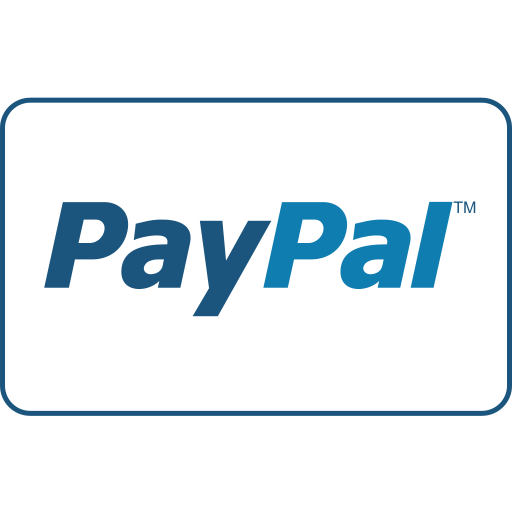
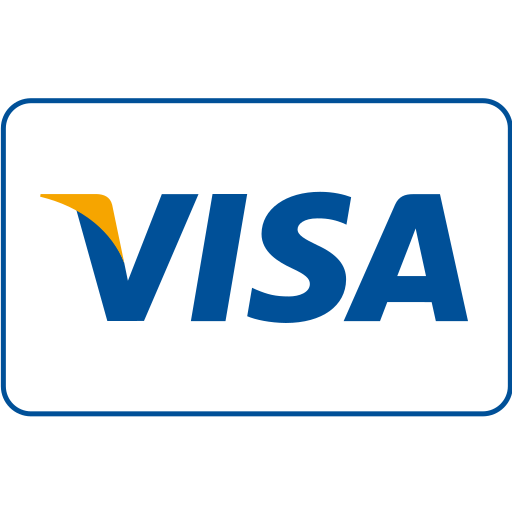
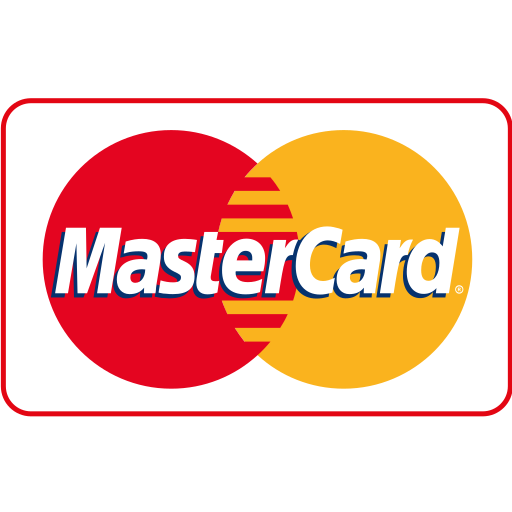
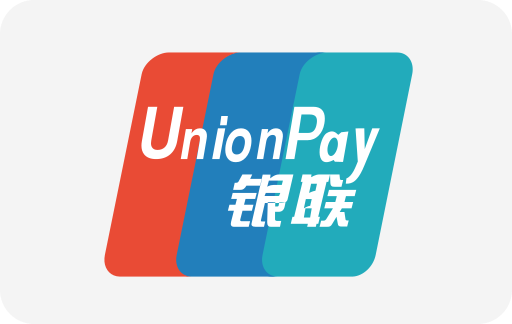
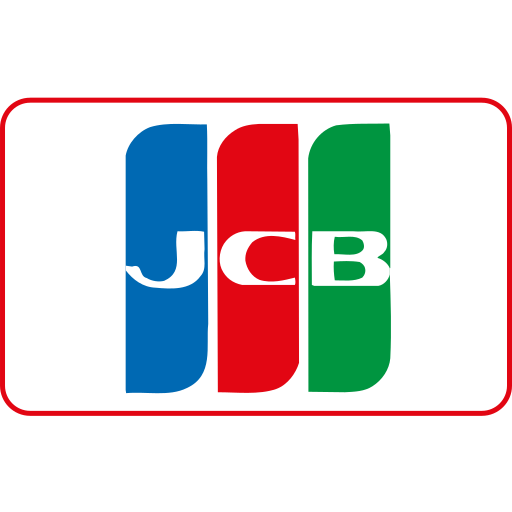
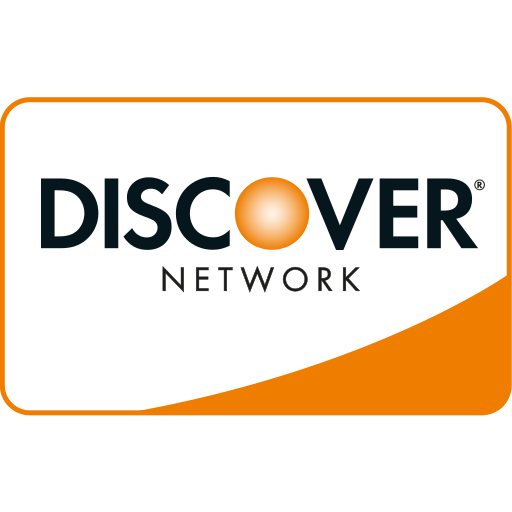
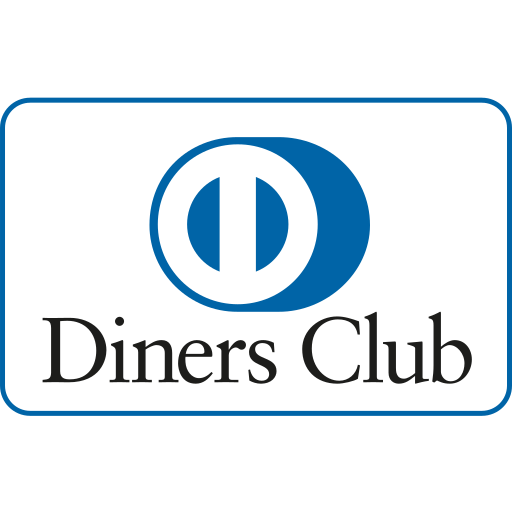

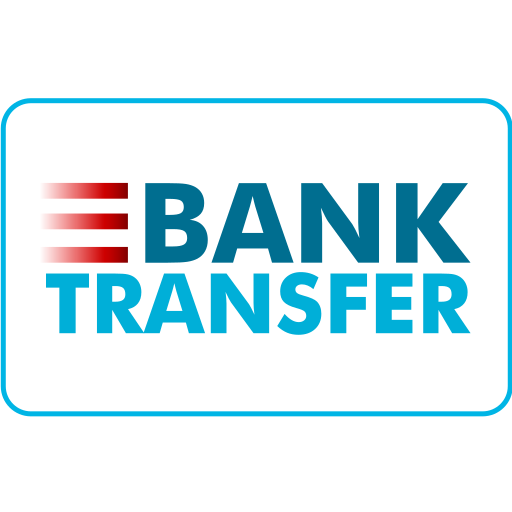
Maple Ranking offers the highest quality website traffic services in Canada. We provide a variety of traffic services for our clients, including website traffic, desktop traffic, mobile traffic, Google traffic, search traffic, eCommerce traffic, YouTube traffic, and TikTok traffic. Our website boasts a 100% customer satisfaction rate, so you can confidently purchase large amounts of SEO traffic online. For just 720 PHP per month, you can immediately increase website traffic, improve SEO performance, and boost sales!
Having trouble choosing a traffic package? Contact us, and our staff will assist you.
Free consultation